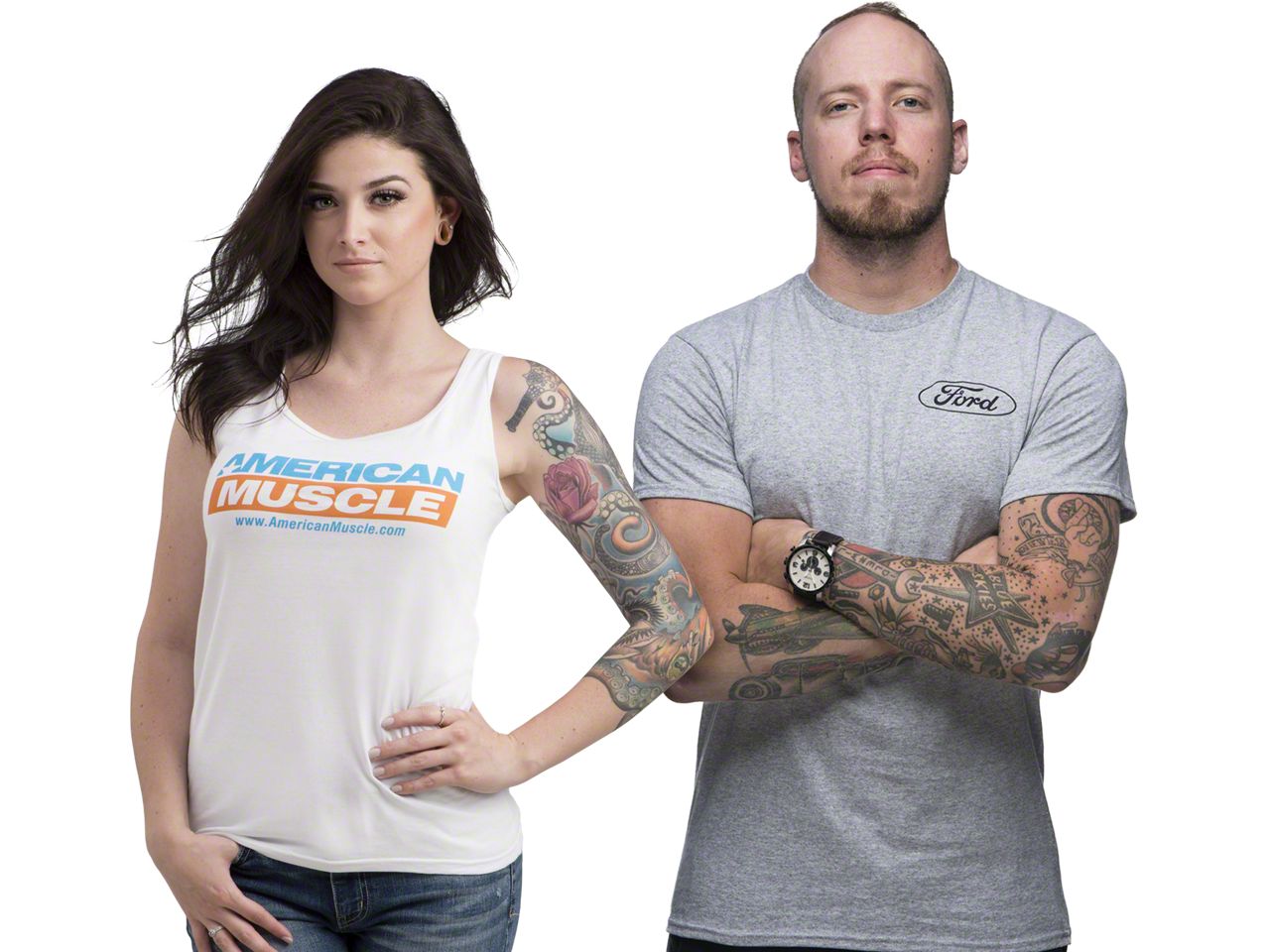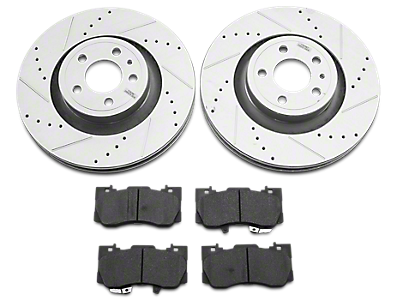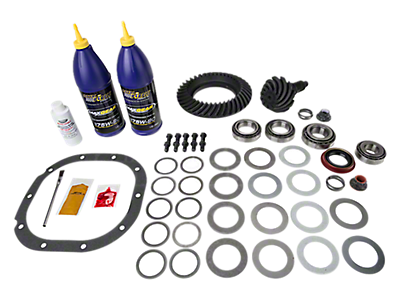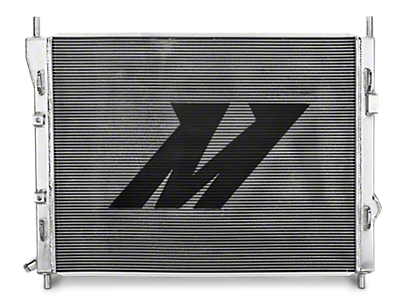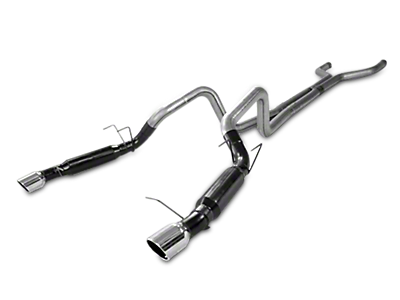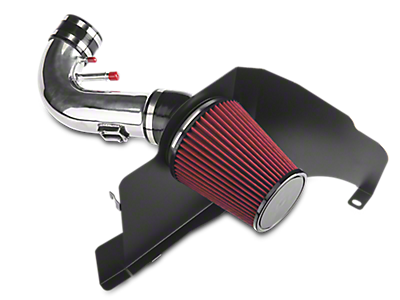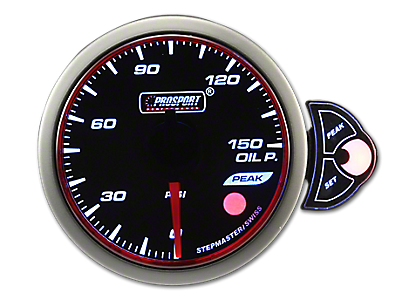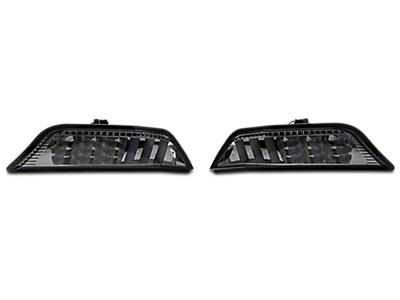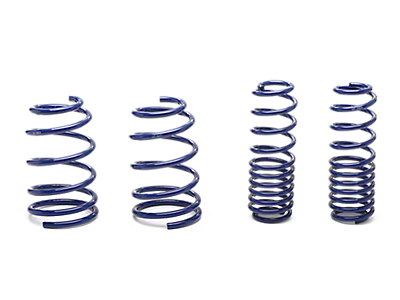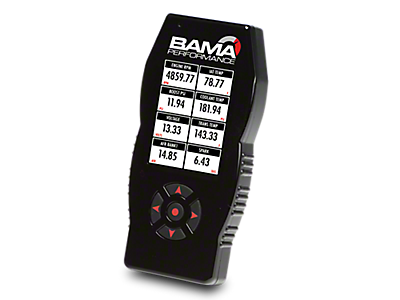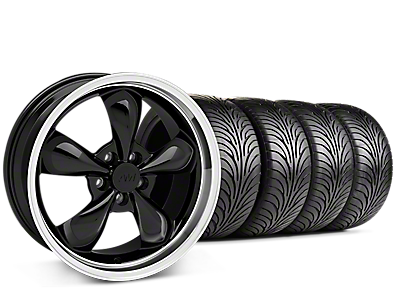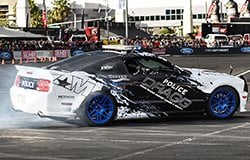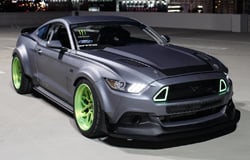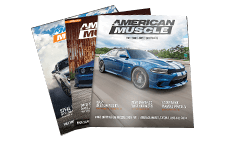2010 Dodge Charger
The 2010 Dodge Charger is set for a refresh, but for the time being is relatively unchanged from the previous year. The addition of side curtain airbags and body colored sill trim are the only two revisions made. Otherwise, everything else carries over. The 2.7L V6 is the base engine, rated at 178 horsepower, with an optional larger 3.5L producing 250 HP. R/T models get the famed 5.7L Hemi making 368 horsepower and 395 lb-ft of torque - which can even be paired with an AWD system. The mighty SRT8 packs the biggest punch of them all, using a 6.1L Hemi V8 producing 425 horsepower and 420 lb-ft to make it the highest powered four-door production sedan available (at the time).
Power on a Budget
It isn't often that cheap and power are said together, but in the case of a nitrous kit, this certainly is the truth. If you want to add a momentary boost of 75-100 horsepower to your 2010 Dodge Charger, outfitting it with a nitrous kit is the best way to get these thrills without spending thousands over dollars on a supercharger or turbocharger setup. For street and strip going Chargers, a wet nitrous system is recommended. In this case, the nitrous is pre-mixed with fuel prior to being injected into the intake manifold. This occurs at the injection plate, which sits between the throttle body and intake manifold, and has a nitrous feed line and a fuel feed line running to it. The advantage of this system is namely safety. As the nitrous and fuel is pre-mixed to a properly determined ratio, the chance of engine damage is significantly reduced. Conversely, a dry nitrous system simply injects the nitrous into the intake manifold and requires the stock ECU and fuel injection system to realize this and adjust the fuel as necessary. Unfortunately, without a custom tune and fuel upgrades, it is not a good idea to run a dry nitrous system on a stock 2010 Dodge Charger. All that said, a 75 shot of nitrous is the recommended amount for a stock engine. The size of the shot is determined by the jet size, and most nitrous kits include several different nozzles so that owners can easily choose the amount of nitrous to be injected.
Being a roomy, four-door family sedan, the 2010 Charger is pretty heft and as such does experience a moderate amount of body roll when pushed through a corner. One way to combat this is by installing larger front and rear sway bars.
- Larger diameter
- Firm, more durable polyurethane bushings
- Decreased body roll in turns
The sway bar acts as a lever to counteract body roll by effectively limiting the amount of weight transfered from the inside wheel to the outside wheel during a corner. The twisting action of the swaybar during a turn forces each side of the suspension into a more level position, resisting the roll action that is induced when going around a corner. The diameter and positioning of the swaybar have a direct effect on the amount of roll produced or eliminated. A stiffer swaybar will exhibit less body roll. Rigidity is acheived through bar diameter (bigger diameter is a stiffer bar) and also bar position. In terms of bar diameter, the result is exponential (as example, the difference between a 31 mm and 32 mm bar is 14% stiffer). Many of the aftermarket front and rear sway bars (or realistically, anti-sway bars) available for 2010 Chargers have multiple mounting slots. These slots change the effective length of the swaybar, and thereby change how it reacts when a force is applied to it. Finally, the bushings used also play a roll in how the swaybar reacts and transmits the torsional forces. Aftermarket swaybars almost always use polyerethane bushings, which are more rigid than the OEM rubber versions.

